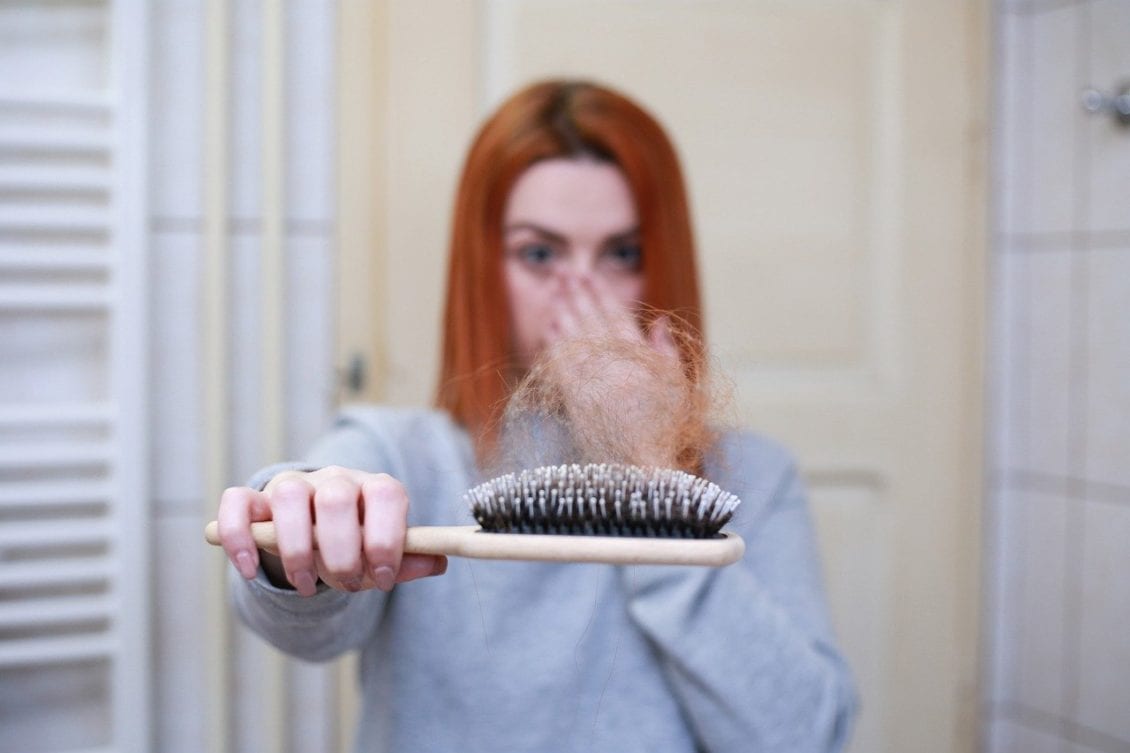Losing hair is a distressing issue for most people. It can lower your self-esteem, cause anxiety and even depression if you do not take it well. Hair loss is often associated with age, but a lot of other factors such as genetics, nutritional deficiencies, stress, and medical conditions can also contribute to hair loss even when you’re young.
Fortunately, there are plenty of treatment options out there that can help you regrow your hair. You should always consult a dermatologist to see which option suits your needs. In this article, we’ll take a look at some of the popular hair treatment options for hair loss in the UK!
Oral Pills (for Male Pattern Baldness)
Male pattern baldness has something to do with the male sex hormone, testosterone. To keep it simple, there is an enzyme called 5-alpha reductase which converts testosterone to dihydrotestosterone (DHT).
DHT causes hair follicles to shrink and new hair will grow finer until only the fine vellus hair can be seen. Men who are bald early have hair follicles which are more susceptible to DHT.
A pill that is commonly prescribed to treat this is Finasteride, which can be sourced from the UK company Manual. Finasteride works by inhibiting the enzymes and prevents testosterone from converting to DHT.
However, keep in mind that women should not be taking this pill.
Topical Ointments
The most popular ointment to treat hair loss is minoxidil. You can purchase this over-the-counter in the UK, and some pharmacies may carry their own in-house brand. However, the most popular one is Regaine. You’ll find different dosages of this product, but 2% and 5% minoxidil are most common.
Minoxidil are from a class of drugs called vasodilators. It is said to work by allowing more oxygen and nutrients to reach the hair follicles by widening the blood vessels in the region, thus promoting hair growth. Minoxidil topical ointments are directly applied to the scalp twice a day.
Steroid Injections
Corticosteroid injections are usually done for those with alopecia areata, an autoimmune disorder that causes hair loss. This happens when your own immune system attacks your hair follicles, causing bald patches in your hair. Usually, the hair will regrow but steroid injections are used to make hair grow faster.
A doctor, typically a dermatologist would inject corticosteroids on bald patches every four to six weeks. It can be painful, but patients would usually notice results in four weeks. This treatment only promotes hair growth, but unfortunately it does not cure the disease or prevent new bald patches from appearing.
Depending on the severity of the alopecia areata, the doctor may supplement this treatment with a topical solution.
Hair Transplanting
Hair transplants are a form of surgery that transfers hair from an area of thick hair growth to parts of your head that are balding or thinning. There are a few types of hair transplant procedures. The common ones are Follicular Unit Hair Transplantation (FUHT) and Follicular Unit Extraction (FUE).
In FUHT, a strip of scalp that bears hair is surgically extracted and then stitched. The strip is then split into several follicular unit grafts and are planted in bald areas. For FUE, follicular units are extracted randomly from donor sites, rather than in a whole strip that can leave obvious scarring.
Hair transplants can be very expensive, and the National Health Service (NHS) does not provide this sort of treatment as it is considered a cosmetic surgery. Depending on the extent of the baldness and type of surgery, it can cost between GBP 1,000-30,000.








Leave a Reply
View Comments